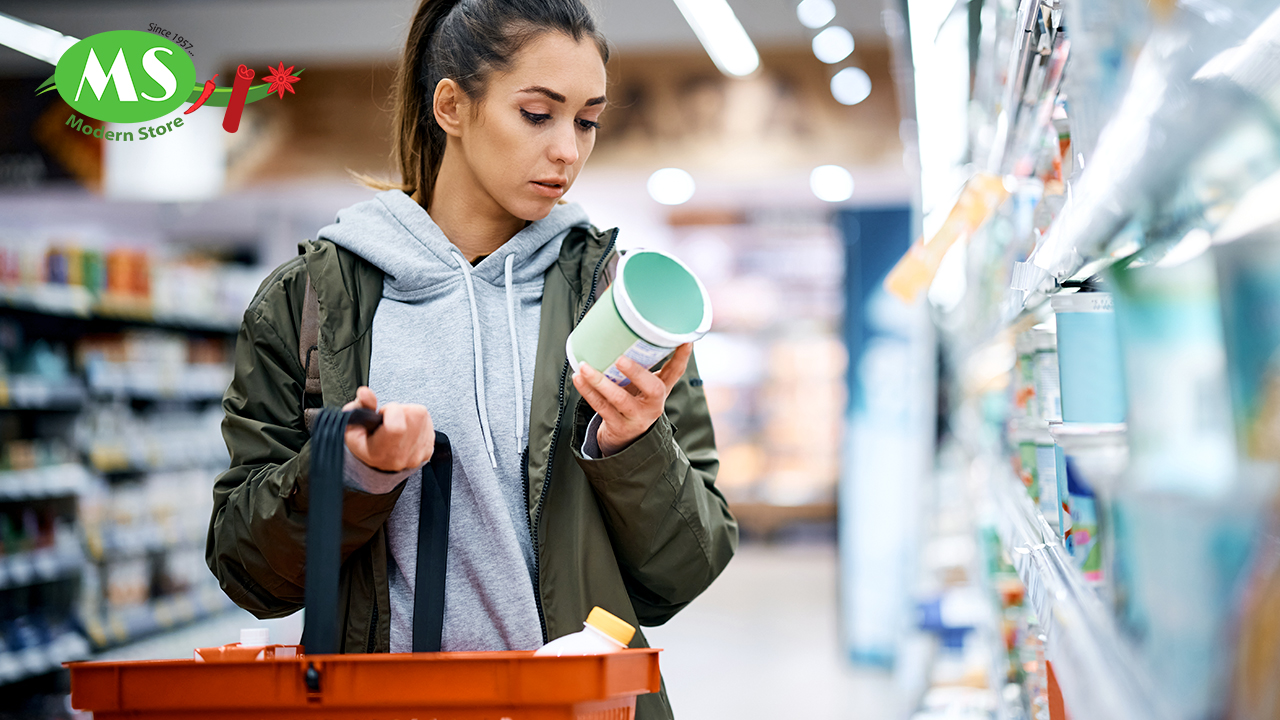Decoding food labels is the key to understanding what you’re really consuming. In this blog,we embark on a journey of decoding food labels to understand the intricate world of fat, sodium, and sugar content. We not only explore the significance of these elements but also delve into the various names and forms they can take on food labels. Understanding how fat, sodium, and sugar are represented by different names is crucial for making informed and healthier choices. Join us as we decode food labels and unravel the hidden secrets behind the representation of these components. By decoding food labels, you’ll be equipped with the knowledge to make healthier and more informed choices for you and your family.
Understanding Fat Content:
Fat can be listed on food labels using different terms, and it’s essential to recognize them. Common forms of fat include saturated fat, trans fat, monounsaturated fat, and polyunsaturated fat. By understanding these various types of fat, you can assess their impact on your health and make choices that promote a balanced diet.
Deciphering Sodium Levels:
Sodium may be referred to using alternative terms on food labels. Look out for terms like sodium chloride, sodium bicarbonate, or monosodium glutamate (MSG), as they all contribute to the overall sodium content in a product. By recognizing these alternative names for sodium, you can accurately assess your sodium intake and make informed decisions.
Sugar in Disguise:
Sugar can appear under different names on food labels, which can make it challenging to identify its presence in products. Some common aliases for sugar include high-fructose corn syrup, dextrose, maltose, and fruit juice concentrate. Being aware of these alternate names helps you recognize hidden sugars in foods and make conscious choices to manage your sugar consumption.
Spotting Added Sugars:
In addition to natural sugars found in fruits and some dairy products, added sugars are commonly used in processed foods. Identifying added sugars on food labels can be tricky since they may be listed under various names such as cane sugar, brown sugar, honey, or agave nectar. Familiarize yourself with these alternative names to identify added sugars and make more informed dietary choices.
Reading Ingredient Lists:
To fully grasp the representation of fat, sodium, and sugar, it’s important to read the ingredient lists on food labels. Ingredients are typically listed in descending order by weight, which means those at the beginning of the list have higher quantities. By paying attention to the ingredients and their alternative names, you can gain insights into the fat, sodium, and sugar content of the product.
Conclusion:
Decoding food labels goes beyond understanding the numerical values of fat, sodium, and sugar content. It also involves recognizing the different names and forms in which they may be represented. By familiarizing yourself with these alternative names, you can make more informed choices about the foods you consume and better manage your intake of fat, sodium, and sugar. So, embark on this journey of decoding food labels, empower yourself with knowledge, and navigate the world of nutrition with confidence.
At Modern Store, we believe that everyone deserves to live a healthy life. We are located at your convenient location in Kuala Lumpur (Old Outlet and New Outlet) Malaysia, you can buy all your Indian groceries, vegetables and fruits under one roof. Modern Store Brickfields has now partnered with TheBig3 Online Indian Grocery to bring our products online. You can now shop for our products at our partnered online store – www.thebig3grocery.com.my and we will deliver directly to your homes. Stay Fit! Stay Healthy!
Whatsapp : 014 3171 954
Now Experience hassle-free grocery shopping with Modern Store – Order Online via Official WhatsApp. Free Delivery within Brickfields. Minimum Order RM 50.
To know more:
Like Us on
Facebook: Modern Store Indian Grocery
Instagram: modernstorekl








Leave A Comment